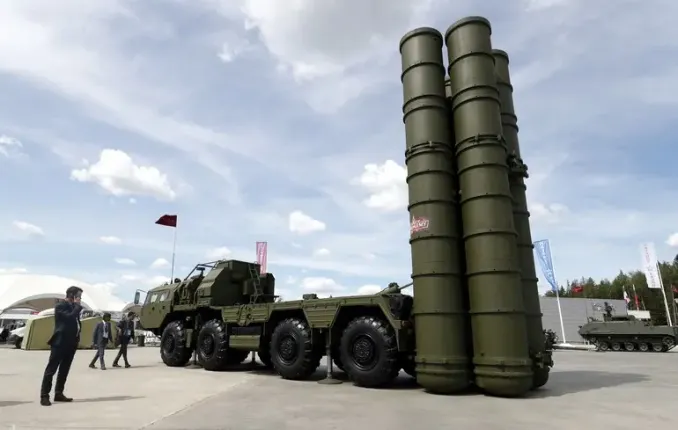Russia delays delivery of S-400 systems to India, raising concerns and search for alternatives

Moscow has promised India to complete the delivery of the last two squadrons of S-400 "Triumph" anti-aircraft missile systems by 2026-2027, despite delays caused by the full-scale war in Ukraine and other difficult circumstances. This was yet another confirmation that the Russian military-technical contract signed in 2018 for more than $ 5 billion is experiencing difficulties, but at the same time the Indian military is not going to give up on the modernization of its defense potential. To date, the S-400 systems, which already play an important role in protecting Indian airspace, according to defense sources, were used during recent combat operations by the Indian Air Force against Pakistan. These complexes, including missile batteries with an interception range of up to 380 kilometers, provide close control over key areas and are a key element of the country's defense. However, with the delay in the delivery of the fourth and fifth squadrons, which were supposed to enter service by the end of 2023, the Indian military is actively looking for alternatives. The discussion of problematic supply issues took place during an official meeting of the defense ministers of the two countries on the sidelines of the Shanghai Cooperation Organization forum, which was held in Qingdao, China. Indian Defense Minister Rajnath Singh and his Russian counterpart Andrei Belousov were united by the topic of dual issues of weapons supply, which indicates a high level of cooperation between the countries in the military sphere despite external challenges and the geopolitical context. Under the terms of the 2018 contract, India was to receive five squadrons of S-400 by the end of 2023. Each of them consists of two batteries, equipped with 128 missiles with different interception ranges - 120, 200, 250 and 380 kilometers. In addition to missiles, the systems are equipped with modern radars for long-range target detection and mobile launchers, which provide flexibility and a high level of defense. To date, three squadrons have already been deployed on the eastern and western borders of the country - in the states of Kerala, Punjab and Rajasthan, which allows India to secure its borders from potential threats from neighbors, in particular China and Pakistan. At the same time, according to Indian sources, it was planned to receive the fourth squadron in 2026, and the fifth - in 2027. However, due to delays in deliveries, the Indian military leadership is already considering the possibility of strengthening its own defense capabilities in other ways. The last months were marked by a confrontation on the border with Pakistan, when both sides have experienced intense fighting. In particular, the press reported the alleged destruction of the S-400 battery in that country by Pakistani aircraft, which caused a wave of discussions and denials. However, Prime Minister Narendra Modi’s visit to the Adampur base, where the system’s launchers were recorded, was a vivid denial of any losses and confirmation that India remains confident in its defense capabilities. The S-400 systems remain a key element of India’s external defense, integrated into a modern automated airspace management system. They are capable of hitting not only aircraft and missiles, but also drones, providing multi-level multifaceted protection that should protect the state from possible aggression. At the same time, in the pursuit of independence and increasing foreign influence, the country is conducting a large-scale project to develop its own air defense systems, called Kusha, which is being implemented by the Defense Research and Development Organization (DRDO). The project is in the final stages, and in 2023 the Ministry of Defense announced the purchase of five such complexes, worth more than $ 2.5 billion, which should improve the country's independence and technological independence. These systems are expected to be put into service in the period from 2028 to 2029. According to Reuters, the Indian army and air force are already actively increasing arms exports, attracting countries that are turning away from cooperation with Russia due to sanctions and geopolitical changes. It can be argued that with this step India seeks to strengthen its position not only at the regional but also global level, not depending entirely on the Russian military-technical complex. Thus, the delays in the delivery of the S-400 systems to India have become another signal of a change in the balance of power in the international defense industries. At the same time, the country is actively seeking new ways to increase its defense potential and strives to become more independent in its military policy.

